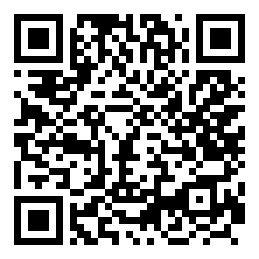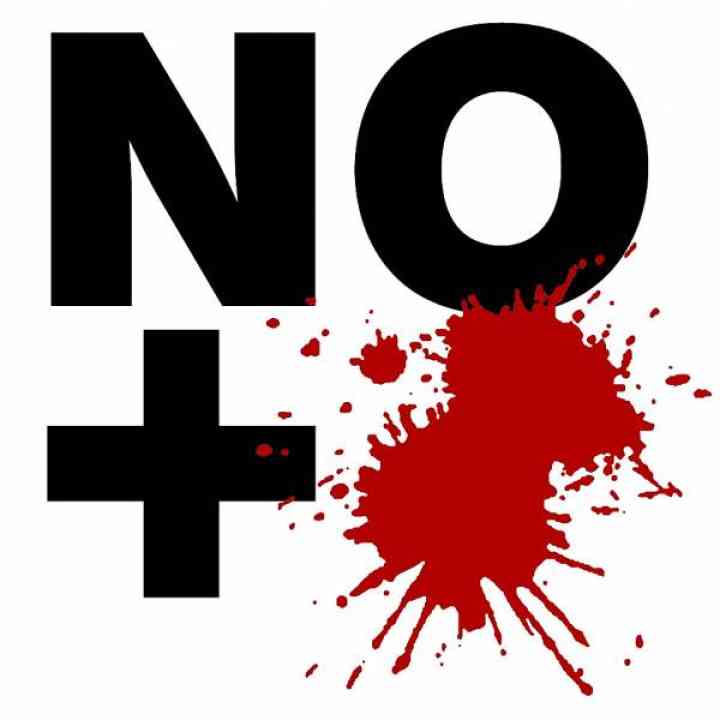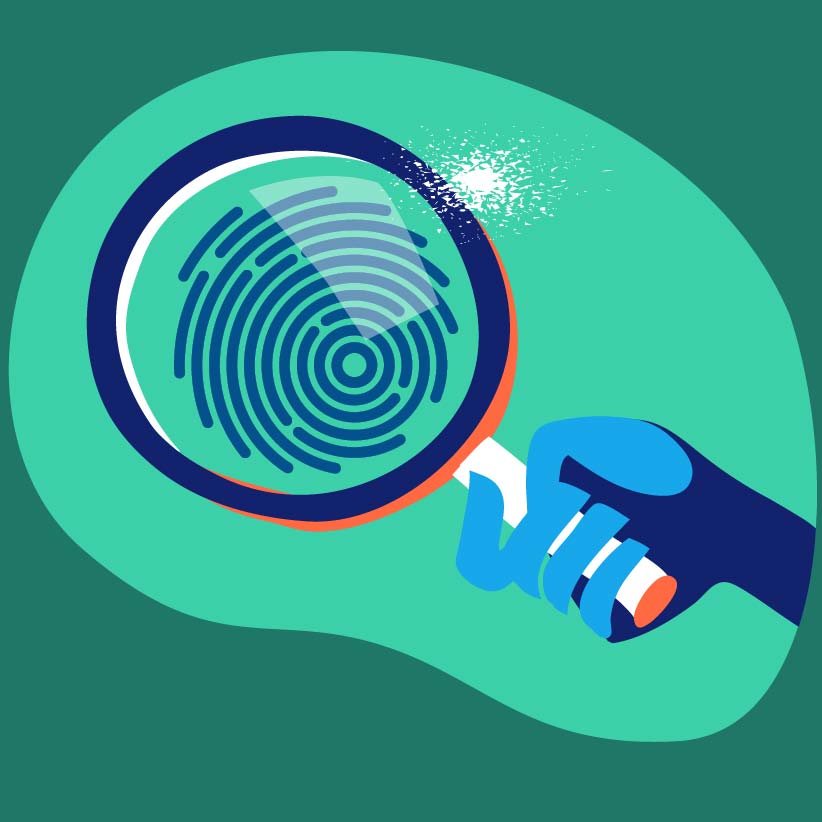What is a brand for?
Logo Functions
Not all brands are used for the same purposes. Knowing in detail the functions that they must fulfill, is essential to design them well.



Think of the logos of Shell, Rolling Stones (the rock band), Dolby, DVD Video, MasterCard, TÜV Certification, Iram, Conferencia Episcopal Española, 50º Aniversario de la Conferencia Episcopal Española, Chupa Chups, Reciclable product, Energy Star Compliant, Conformité Européenne , México, Lycra, Rio 2016 Olympic Games, Ministerio de Educación del Ecuador, etc. What exactly are they used for?
Obviously, all these logos are used to visually refer to these entities, which are very diverse in nature: companies, institutions, places, government offices, products, certifications, communication campaigns, events, commemorations, artists, etc. But if we analyze each case we will notice that it is possible to disaggregate this idea of “visually referring”, differentiating much more specific functions.
For example, the Dolby System logo, applied on an audio device, doesn't work the same way as the Sony logo applied on the same device: the first one indicates a feature of the equipment and the other indicates who its manufacturer is. In the same way, the Lycra logo fulfills different functions when it's applied in a Lycra material packaging and when it is applied on the label of a product of another brand made with Lycra: in the first instance the logo points out to the packaging contents (Lycra) and in the second one describes a feature of another product (made with Lycra).
If we analyze the typical uses of logos, we can distinguish eight distinct functions:
-
Denomination
This soap bar is Lux and this other is Dove (in the package and the product itself).
This beer is Corona (in the label).
These pants are Leviʼs (on the back pocket and in the label). -
Ownership
This blanket is the property of Alitalia (in the blanket on board).
This is a DHL vehicle. -
Physical location
This is Telefónica's home office (on its tower).
This is a Zara store (over the entrance). -
Social presence
This is a Movistar town (in a highway billboard).
Hilton is in this country (in an airport sign). -
Signature
This is a Samsung advertisement (at the bottom of a newspaper ad).
This is a Claro document (in the cell phone service monthly bill). -
Endorsement
This is a Unilever product (on the back of the Dove soap bar package).
This wine is from Concha y Toro cellars (in the «Casillero del Diablo» label). -
Patronage
This park is looked after by McDonalds.
This event is sponsored by Coca-Cola. -
Feature. Sometimes the logo performs the function to qualify or express a feature of its own or of another entity. To witness:
-
History
This enterprise is 50 years old. -
Warranty
Garbarino, «confidence guaranteed».
Carrefour, «the lowest price or your money back». -
Origin
This is Rioja wine.
This is a Cuban cigar. -
Ingredients/materials
This product includes NutraSweet.
This dessert contains Oreo cookies.
This computer has an Intel processor («Intel inside»).
This product is made with recycled materials. -
Certification
This is a ISO 9002 company.
This product fulfills DIN specifications. -
Compatibility
This app is available for Android.
This program is made for Windows 10. -
Award
This picture won a Cannes festival award.
Opel Astra is named «Car of the Year» in Europe 2016. -
Etc.
As can be noticed, for a rapport to exist in which an entity qualifies or expresses a characteristic of another it is necessary the interaction between both graphic signs in the same statement or visual context: one will be the characterized sign of the entity and the sign of the other entity will act as characterizer.
-
We will then have eight functions clearly separated. Let's now analyze which of these functions is generally helpful to different kind of entities. And which kind of entities would be possible? To expedite the analysis I propose five clusters that, essentially, include every possible case:
-
Organizations
-
Places
-
Productions
-
Campaigns
-
Attributes
Next we enlist the kind of entities included in each group and, at the same time, we state which of the 8 functions would be appropriate for each one of them:
Organizations
Enterprises, institutions, government organizations, political parties, government, government actions, etc.
Functions: all
Places
Cities, countries, regions, tourist names, origin denominations, etc.
Functions: all
Productions
Products, services, events, government programs, management or institutional programs, etc.
Functions: denomination, firm, sponsorship, characteristic
Campaigns (communication)
Advertising, promotions, public interest, proselytizing, welfare or any kind of undertakings, etc.
Functions: denomination, firm, characteristic
Attributes
Guarantee seals, compatibility indicators , norm compliance indicators, commemorative signs, rewards, ingredient lists, features lists , materials employed, etc.
Functions: denomination, characteristic
| Function | Organizations | Places | Productions | Campaigns | Attributes |
|---|---|---|---|---|---|
| 1. Denomination | ● | ● | ● | ● | ● |
| 2. Ownership | ● | ● | |||
| 3. Physical location | ● | ● | |||
| 4. Presence | ● | ● | |||
| 5. Firm | ● | ● | ● | ● | |
| 6. Endorsement | ● | ● | |||
| 7. Patronage | ● | ● | ● | ||
| 8. Characteristic | ● | ● | ● | ● | ● |
And so we arrive to a sort of «possible functions map» for the graphic sign for each kind of entity. Of course the analysis of required functions must be done for each particular case. That's why we said they are functions that «could» turn out to be applicable, because that will depend of each instance: not every organization need for its make indicate ownership, because not all own property; not all products need to show its endorsement to other brands; not every communication campaign need to boast presence, because most of them do not work in physical spaces; not all places need to sign its messages, etc.
Conclusion
What could be the use of the logo function analysis we have gone through? Certainly to design better, to have more precise technical parameters before starting to develop graphic proposals, to evaluate existing logos. In short, to know that a logo must fulfill some definite functions, and not others, is a vital piece of information to determine a number of technical requirements it must comply with. Designing a logo that is simultaneously good to close commercial messages and to indicate ownership implies considering graphic renderings, different to those of a logo that only need to act as backing to other entities. The awareness of these functions can be determining (though surely not enough) to establish concrete graphic guidelines for the brand; how to limit its color palette, decide its identity typography and adequate graphic environment, or define its characteristics regarding other technical parameters (versatility, life span, reproducibility, legibility, call to attention, singularity, etc.).
What do you think? Share your comments right now!
Help to spread this article by translating it
Translate to portuguese
This article does not express the opinion of the editors and managers of FOROALFA, who assume no responsibility for its authorship and nature. To republish, except as specifically indicated, please request permission to author. Given the gratuity of this site and the hyper textual condition of the Web, we will be grateful if you avoid reproducing this article on other websites. Published on 16/11/2016


















